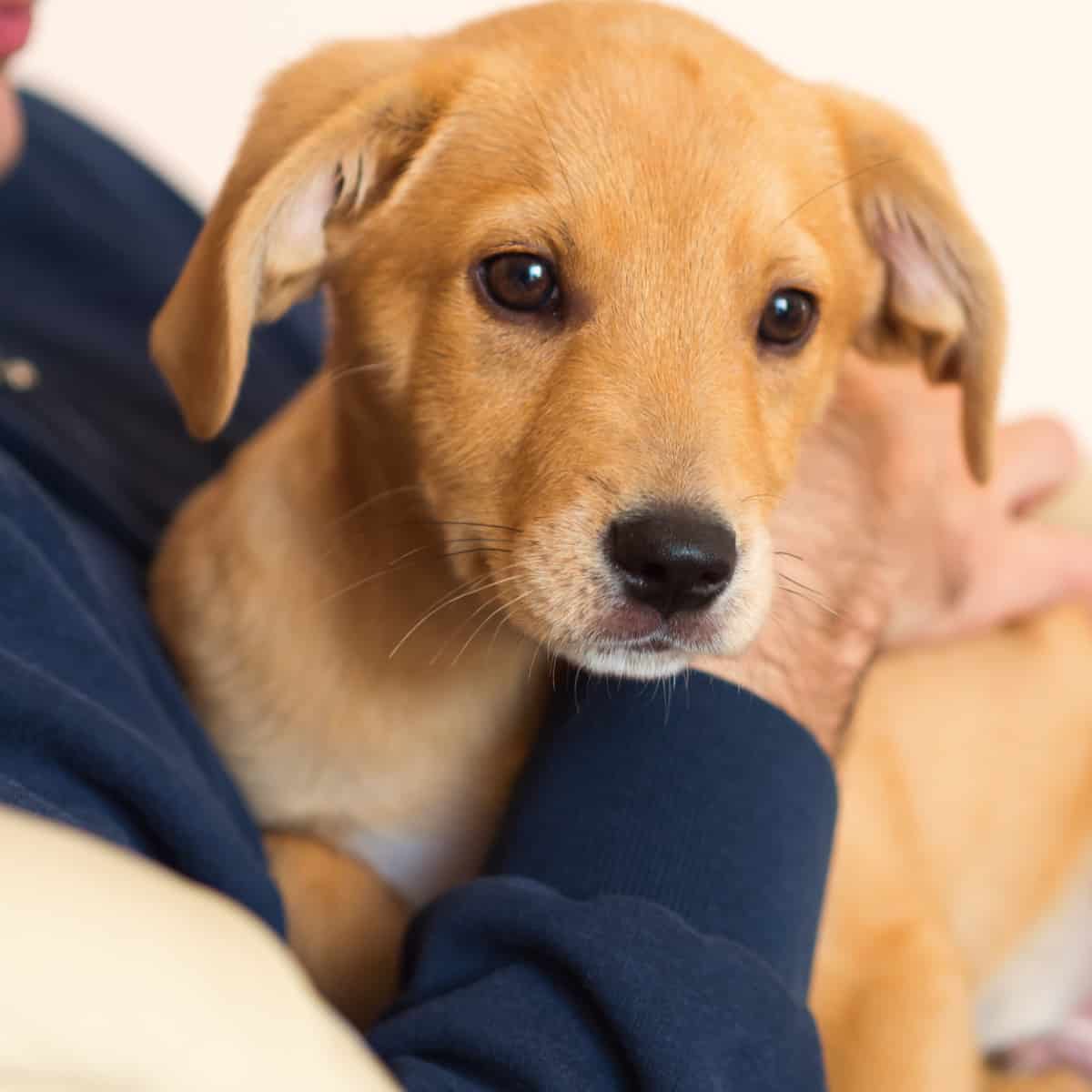A man’s best friend, the dog, is a classic among humans from all cultures, time periods, and countries. Dogs have been by our side for at least 16,000 years. That means the human and dog bond began before the last ice age. Needless to say, this bond has existed for so long because dogs offer many great perks.

With that said, you should still consider whether getting a dog is the right thing for you, your family, and, most importantly, for the dog. Among those things to consider, you’ll need to think about what kind of lifestyle and home you have to offer and what kind, if any, dog breed can coexist and remain happy in that puzzle. If you do some research and give thought to the adoption of a dog, it can be a match made in heaven.
Your lifestyle and home
First, consider what kind of environment you’d be introducing a dog into. Fortunately, most dogs are pretty relaxed and easy-going with just about any kind of situation. Still, you should consider if you live an active lifestyle, if you have a backyard, if you’ve gone from home a lot, and how much free time you have to spend time with a potential new best friend.
For example, if you’re home is quite small, such as an apartment then you obviously shouldn’t be considering any dog breeds or mixes that are larger in size, or have a good deal of energy. Other small breeds, such as the miniature French bulldog, would be perfect.
Remember, however, that even small breeds, like the mini Australian shepherd, which only grow to weigh about 25 pounds, still need a lot of mental stimulation and playtime.
Size
Next, consider the size of your potential dog in comparison to your home and backyard (if you have one). Also, consider the size of the dog in relation to yourself, and anybody the dog will be around on a somewhat normal basis. In combination with the size, you’ll also need to consider breed and temperament, which we’ll soon cover. The reason why you need to think about temperament is that some small dogs still need fenced-in backyards to run around and play.
Meanwhile, some large breeds, like the mastiff, which comfortably weigh 150 lbs. to 220 lbs., have very little need for exercise and may be able to exist in a small home. Either way, a generally good rule of thumb is that an apartment shouldn’t have a dog bigger than 40-50 lbs. Even then, you’ll need to make sure you take your dog on daily walks, buy mind-stimulating toys, and give your dog plenty of playtime.
Temperament and purpose
Each dog breed has unique origins and unique temperaments. Mostly, all dog breeds stem back in time with that particular breed serving a very specialized purpose. For example, pit bulls, although they tend to have a bad reputation, actually started out as nanny dogs. Pit bulls are famously protective of owners or “members of the pack.” At the same time, pit bulls can be very intimidating and quite athletic. This combination meant that Pitbulls were perfect for protecting children who went off to play without supervision.
Over time, the pit bull breed also changed and there are now four different sub-breeds. Pit bulls also rank second as the most tempered dogs on earth. So what does that mean for you? It means doing a little digging into history in order to determine the goal or purpose of specific breeds.
Some dogs breeds, like the Great Pyrenees, for example, were bred to protect sheep from wolf attacks in the steep mountain terrain of the French Alps. Therefore, this breed makes for a good guard dog. Other dogs, like the Australian Shepherd, were bred to herd livestock and keep guard as well. If you’re getting this breed, you need to be very active and capable of providing your dog with a lot of mental stimulation. Otherwise, your dog could become bored or even depressed. In other cases, if your chosen dog breed doesn’t fit with you or your home, you’ll end up with a mischievous dog.



There’s a lot to to consider and plan out before bringing a new dog home, but it’s definitely worth the time and effort. My dogs mean so much to me!
I love my dog so much. Don’t get one if you’re not going to give it a good home. My neighbor just bought a black lab puppy and keeps it outside all day in a cage (it’s 95 degrees) …breaks my heart!
I agree with you! If someone doesn’t want their dog to actually be a part of their family, then they shouldn’t get one. Our dog is pretty much the center of the universe here. 🙂
Great article and I would really like people to think before buying a dog – whether they can arrange a comfortable life for their friend. Because this depending entirely on you. Therefore, all responsibility must be weighed in advance. Therefore, I do not understand, for example, those who keep dogs on the street. It’s like kicking a child out in bad weather. Be good parents.
Hello,
I am 1st time visit your site and read your blog post (Article) and after reading this writing I feel that you have a good writing skills because I never bore during reading this article.
Thanks and please keep it up